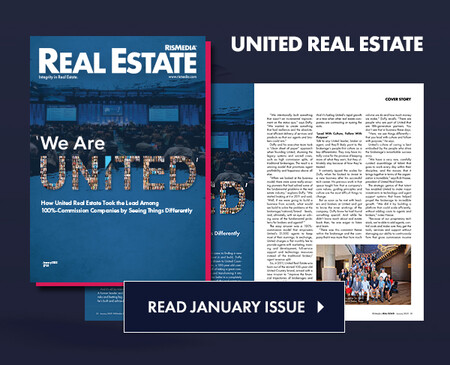Record-high interest rates, coupled with record-high home prices mean buyers are experiencing major losses in both purchasing power and living space, according to a new study from Point2.
Point2 recently analyzed income and home-price data to observe the lowest and highest losses in living space and purchasing power across the 100-largest U.S. cities. The study found that in just a few months, buyers in the 100 largest cities lost anywhere between 92-1,140 square feet of space. These losses represent the equivalent of 1 to nearly 9 bedrooms. Additionally, buyers in the 26 most-affected cities lost the equivalent of 5 to 9 bedrooms worth of space.
Key highlights:
- Buyers in Fort Wayne, Indiana lost the most space, which went from median buyers affording 3,035 square feet in 2021 to just 1,896 square feet now. This was a loss of 1,140 square feet in just a few months, which equals nine bedrooms.
- Wichita, Kansas and Chesapeake, Virginia followed suit: Buyers here lost 990 and 971 square feet, respectively. That translates to seven and eight bedrooms.
- Conversely, potential buyers in 28 other large cities only lost 100 to 400 square feet of living space (the equivalent of 1 to 3 bedrooms).
- Buyers in New York, New York had the lowest spacial losses at 92 square feet. Following NYC are San Francisco, California and New Orleans, Louisiana at 138 and 152 square feet, respectively.
- When it comes to purchasing power, buyers in Fremont, California experienced the biggest loss: buyers can now afford $650,269, vs. $893,390 in 2021 (a loss of $243,121).
- Fremont was followed by San Jose and San Francisco, California, where buyers lost $200,472 and $198,796, respectively.
- On the other end of the spectrum, buyers in Cleveland, Ohio lost the least purchasing power, only dropping from $156,491 in 2021 to $122,684 now (a difference of $33,807).
- Buffalo, New York and Detroit, Michigan follow up in 2nd and 3rd at losses of $37,381 and $37,674, respectively.
- In 97 of the 100 largest U.S. cities, the share of homes at or below the price that the average buyer can afford is below 50%. The three cities that seem to be a haven for affordable housing are St. Louis, Missouri; Detroit and Toledo, Ohio.
Major takeaway:
“Although home size in the U.S had been on an upward trend since 1973, the pandemic really made everyone hungrier for space than ever. In that respect, American homebuyers really have been fortunate, as the U.S. has some of the most spacious homes in the world. But this advantage of U.S. homes is quickly becoming a massive drawback: With sky-high home prices and rising mortgage rates, big homes are becoming untouchable. But, if losing purchasing power sounds like a far-removed economic term, losing living space puts things into a totally different light for home seekers. That’s because it’s becoming increasingly clear that, under the new circumstances, buyers need to give up more and more of their space expectations in order to find something affordable,” said Andra Hopulele, author of the report. “The amount of space the average homebuyer could afford in 2021 and what they can afford right now are two very different things. When the interest rate was hovering around 3%, the pain of soaring home prices was just a dull ache compared to the major burden it has become. Now, with rates crossing the psychological barrier of 7% (a level not seen in more than two decades) the consequences for homebuyers are crushing.”
For the full report, click here.












